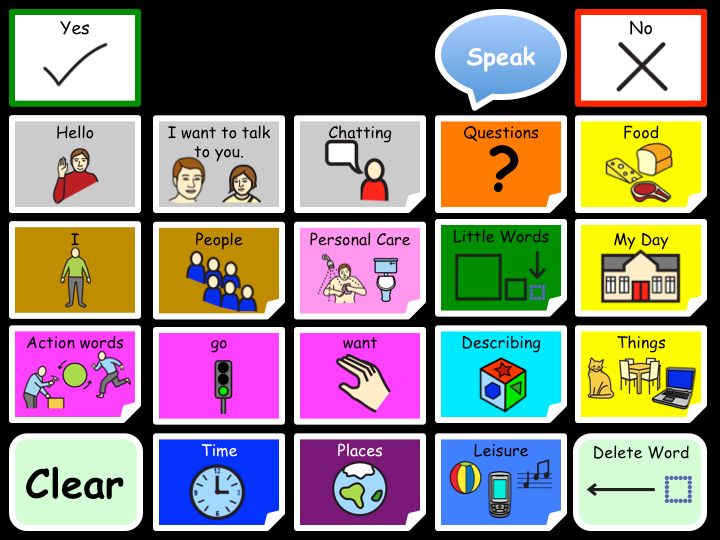Did you know that approximately 25% to 50% of children are impacted by nonverbal autism?
These children have difficulty expressing their needs, often leading to frustration and aggressive behavior.
 Photo by Natasha Hall on Unsplash
Photo by Natasha Hall on UnsplashIf you're a caregiver or teacher of children who live with nonverbal autism, teaching them communication skills will help these children express themselves.
Forms of Communication
Communication involves sharing information through speech, writing, or gestures, and it helps children express their needs and wants.
Children with nonverbal autism have great challenges with speaking, learning the language, and understanding what others say.
Nonverbal autism doesn't always mean nonspeaking. Some children might actually have some limited verbal skills.

To effectively teach communication, you must understand how nonverbal autistic children communicate.

Verbal communication
echolalia, where a child repeats words or phrases
repetition of the same word multiple times
confusion of pronouns — for example, a child may use "you" instead of "I"

Nonverbal communication
physically pushing for desired objects
pointing, gazing, or using objects to express needs and wants
Nonverbal Communication Methods
Teaching communication skills is vital for development and promotes independence and social interaction for nonverbal autistic children. To improve communication, try these strategies:

1. Use Hand Gestures and Eye Contact
Hand gestures and maintaining eye contact can help your child better understand your message.
Example: A child signals to the cookie jar on the counter, and the caregiver gives them a cookie. The child nods as they receive it.

2. Use Play
Playing helps your child see and understand how you communicate.
Example: A child and caregiver play with toy cars. They make engine noises and have fun together.

3. Use Role-Playing and Imitation
Pretending and copying help children develop communication skills and learn how to converse.
Example: A caregiver engages in interactive pretend play with a child, encouraging conversation and taking turns during the activity.
Alternative Methods
1. Picture Exchange Communication System (PECS)
 image by Joereddington from Wikimedia Commons
image by Joereddington from Wikimedia Commons
With PECS, children learn to exchange pictures for desired items or actions, gradually building their communication skills.
2. Augmentative and Alternative Communication (AAC) devices
AAC devices help by giving different ways to communicate, like using symbols or text on a device.
To see how it's used, watch the TikTok below:
3. Visual supports
Visual aids like schedules and picture cards can improve children's social skills and independence by providing visual cues.
Watch the video below to learn more about how visual aids work and their benefits.
Quiz
Which strategy benefits communication in nonverbal children with autism?
Take Action
 Photo by MI PHAM on Unsplash
Photo by MI PHAM on UnsplashEmpower children with nonverbal autism by teaching them effective communication skills. Use various interactive methods.
Your feedback matters to us.
This Byte helped me better understand the topic.

